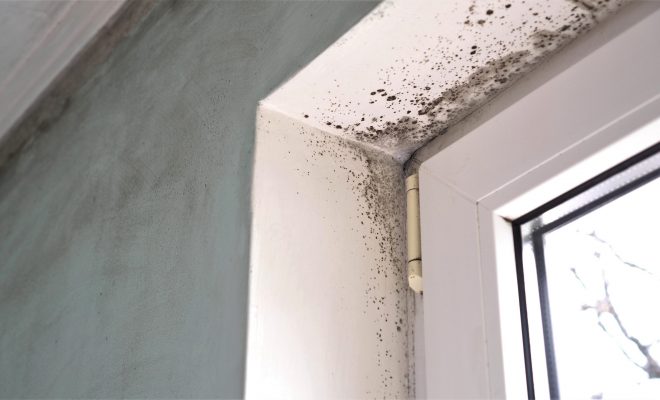Pesky Mold Spots: How To Deal With Them

Mold can be the worst nightmare for many homeowners. Mold is usually black, green, brown, or white. It can be thick and fuzzy. It thrives on moisture. Mold is a common allergen, why is why it is a major health concern.
How to spot a mold
Mold usually appears almost anywhere. It can appear on carpet, wood, furniture, clothes, books, etc. Sometimes you may not be able to see any mold, but you can notice a moldy smell, which may indicate its presence.
Why is mold a problem?
There are several health issues associated with mold. This is why people don’t want it in their houses. As mentioned above, mold spores are allergens and they can cause sneezing, runny nose, red eyes, and in more serious cases, they may result in asthma attacks. It even becomes harder to bear if one has a compromised immune system.
Mold can be both irritant and potentially toxic, too. That’s why if you have a serious mold issue, whether it is due to lack of ventilation or from a flood, you should seek medical assistance immediately. Additionally, mold can ruin any surface that it settles upon.
Getting rid of mold
If you suspect that you may be having mold in your home, you don’t necessarily need to have it tested to determine the type of old it could be. You can clean up the mold or seek mold removal services from professionals. According to the Center for Disease Control [CDC], mold remediation can be too difficult or dangerous for many people to handle them correctly on their own.
Additionally, professional mold removal companies have specialized protective gear to prevent mold from spreading further. They can use special products, test for mold spores, and figure out how exactly they can get rid of them.
How to prevent mold
It is no doubt that prevention is key and one of the most straightforward ways to deal with mold to stop it from forming. Mold grows in damp areas, so if you can control the moisture in your home, you will never have to worry about mold. Here are some tips that can help you prevent mold from growing in your home.
- Invest in a dehumidifier and make good use of it.
- Repair leaks as soon as possible.
- When cooking or showering, ensure that you open the windows.
- Open your bedroom windows for at least 10 minutes.
- Aerate rooms regularly, leaving doors open more often.
- Inspect and maintain your HVAC system.
- Be on the look for condensation and wet spots and fix moisture sources.
- Keep the shower curtains closed to allow them to dry off completely.
- Never leave anything wet around. This includes wet towels, clothes, etc. Hang them up to dry.
- Keep the shower and bath clear from bottles or any other items. They can hide pooling water that could lead to mold.
- Deal with mold as soon as you spot it or seek mold removal services to assist you.


